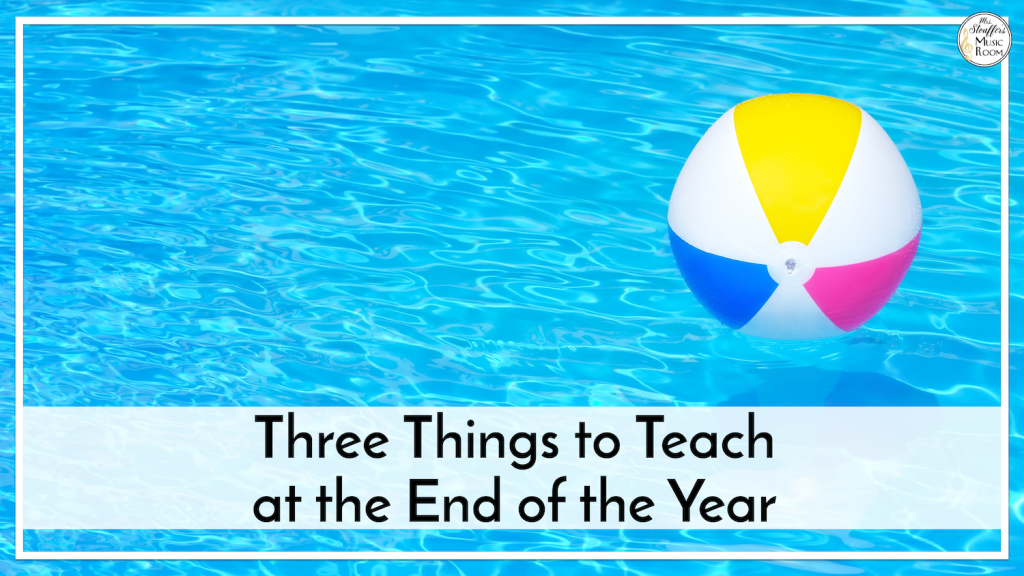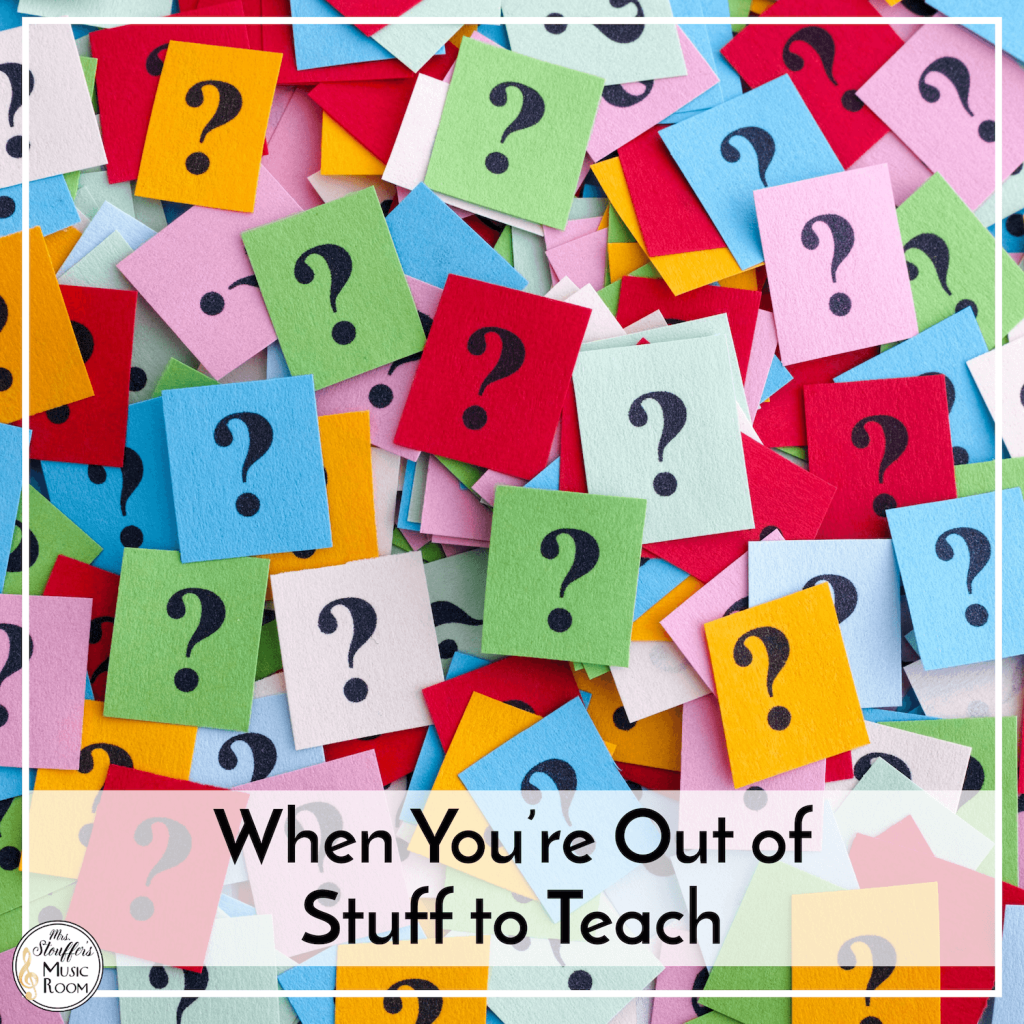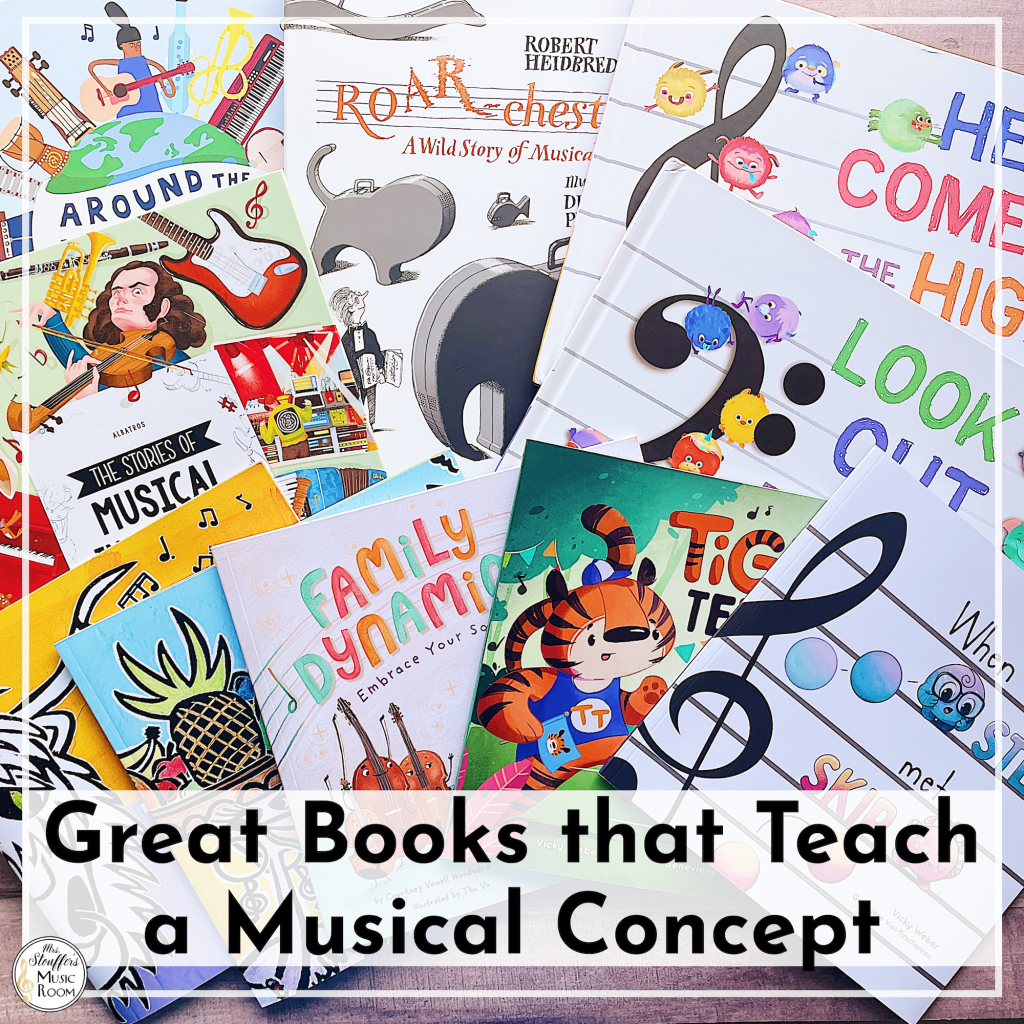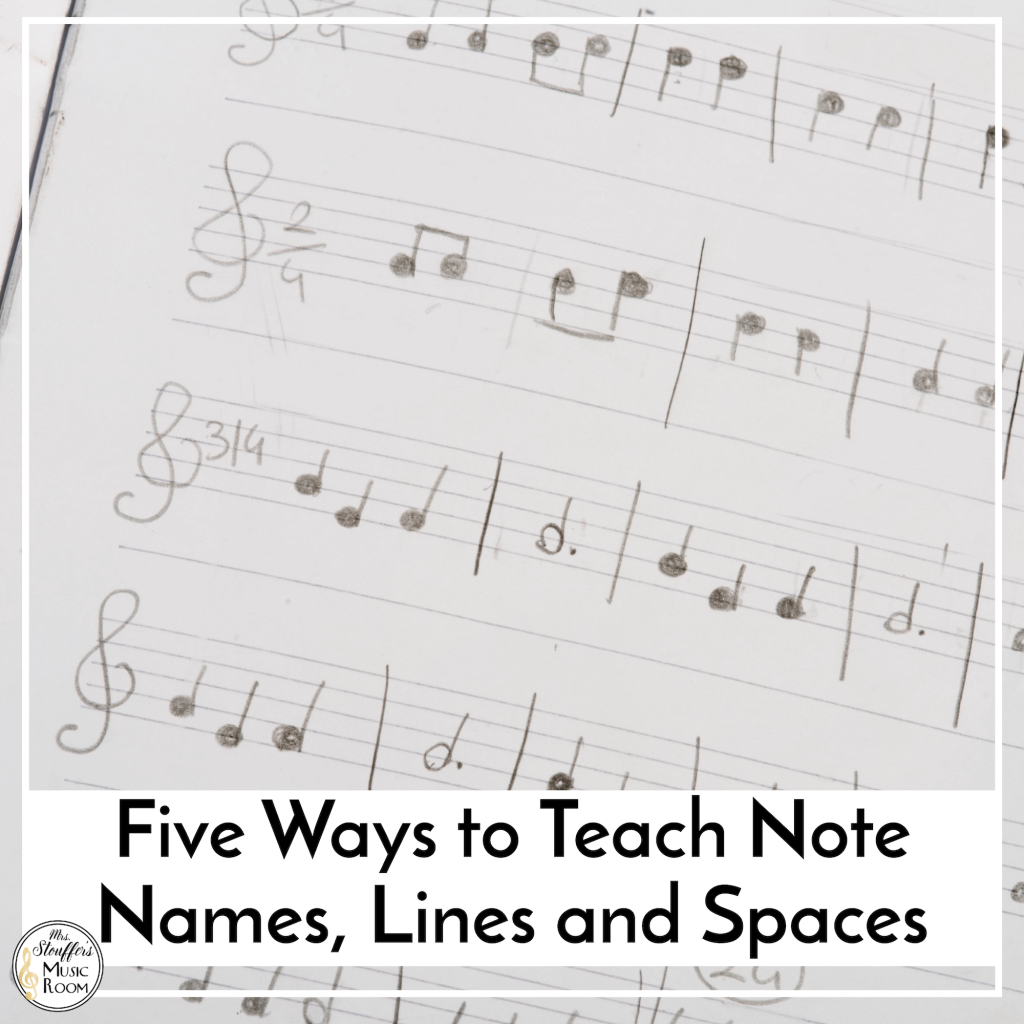The end of the school year is a stressful time. Students are checked out, and teachers are at the end of their caffeine and sugar stashes. You all know what I mean. And it never seems to get any easier even with experience. So what do you do when you need to keep them in line and still feel like you accomplished some academic goals? Here are three things you can do at the end of the year to keep students learning.

1. Drive it home
If you’ve been working on some rhythmic or solfege concepts, this is the right time to make sure they can really use them. Review, play games that involve writing or reading the elements. Let them work with a partner and scribe what their partner plays, let them try using them on barred instruments to write compositions using the elements, or use cards with known elements and song fragments to rearrange and create new patterns or songs. If you spend time now to make sure they really know and can USE the concepts, then that is the goal of teaching them. It’s not just about knowing the names or identifying elements of music, but being able to use them.
2. Spend some time reflecting them
The end of the year is a time a lot of classes use to “catch up” the things that weren’t covered this year. Spend time highlighting musicians that reflect their backgrounds. Read some books you haven’t had a chance to that reflect them. Tie it to the culture and teach a little bit about that culture as well. Then listen to some of the traditional and modern music from that culture. Check out www.theultimatemusicedbooklist.com if you need ideas!
Even if you’ve covered some, a cool extension could be for older students to find a musician they think reflects them and teach the class about them. This isn’t necessarily a short project but you could let it be! A musician research project is a thing a lot of teachers have their students do as well and it can be a great way to find out more about your students, and get new musicians to feature in the future.
3. Review their favs
You KNOW what activities, games, and dances went over well and which ones sunk like a cement block through your pool float. If you really want to know what they loved, let them suggest and vote. Play them, review them, add an extension like having to improvise between turns, make the patterns more difficult, or try the dance without calling it, or let them create their own using the same elements. This can be a way to check what they remembered, assess on concepts they needed to hit this year, teach something that doesn’t need a 5 minute instruction on directions. The best part about this option is that you AND the students don’t need to comprehend or attempt new instruction.
I hope this helps! You can do it!






